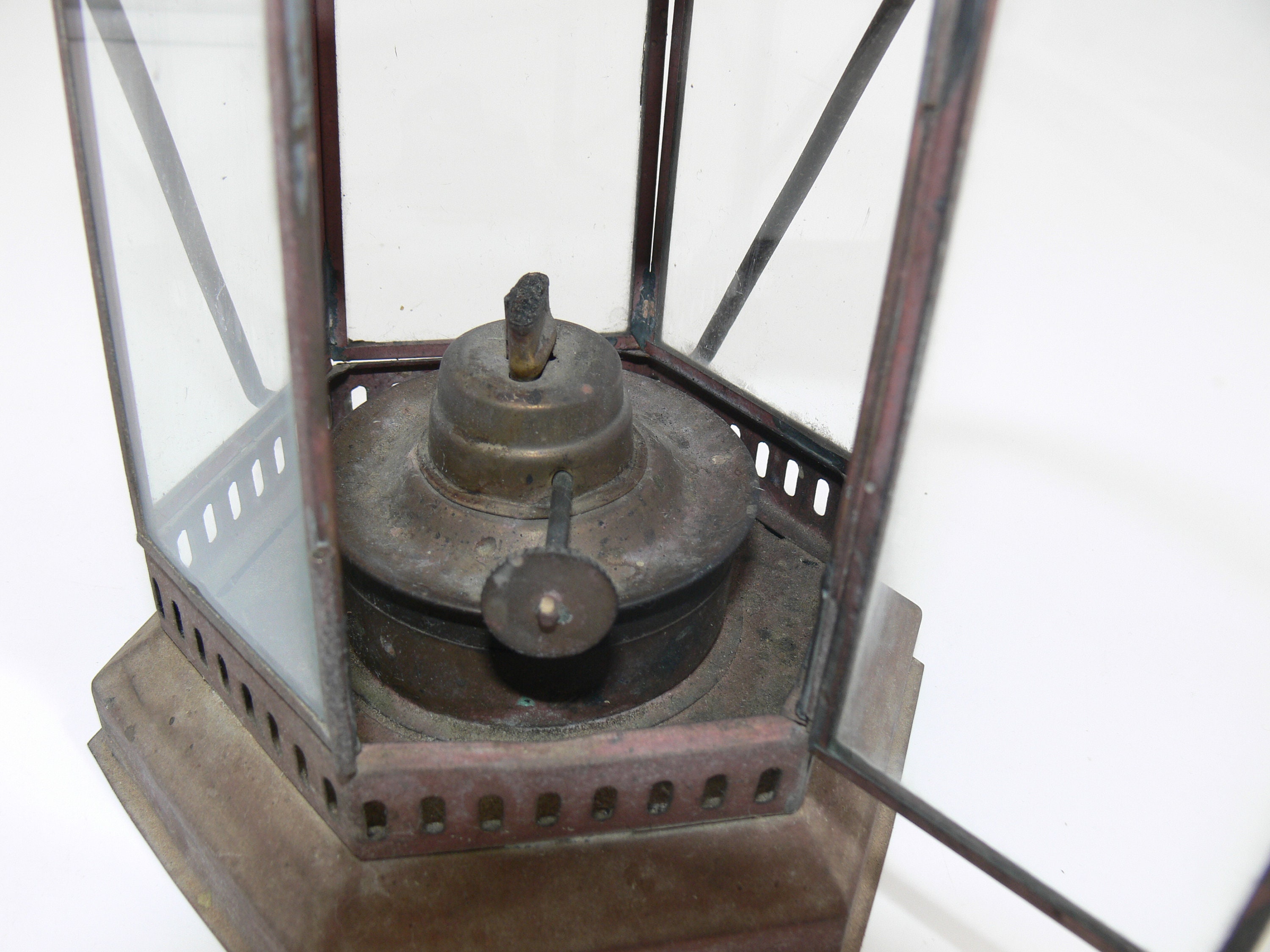


#Medieval oil lantern windows#
a candle in a metal holder to keep the wind from blowing it out) or you kept along a route where homes had candles in their windows to help guide your way. Before then, either you carried a lantern (i.e. There were not "street lights" in towns until around the 1400s. Note that the candle had to be properly trimmed during this time, so that it burned at a constant pace. They would know that a candle of a certain thickness would take an hour to burn X amount - and therefore by watching the candle burn, they could know how much time had passed. This was fine in Italy, but not so great up in France and England.Ĭandles were so important to medieval people that often servants and workers were paid in candles for at least part of their payment.Ĭandles were sometimes used as clocks. Oil lamps needed liquid oil to work - meaning you had to be somewhere warm where the oil would not congeal. These would have been tallow, not beeswax. They didn't have molded candles until the early 1400s. After a while you'd end up with pillar candles. When this dried, you'd do it again and the wax would be thicker. It would come up with a thin coating of wax. You started with a wick, and lowered this into a vat of tallow. You had to go trim the candle regularly to keep the flame burning properly.Ĭandles were hand dipped. In medieval times, the wick did NOT disappear - and if you just left it alone, the flame would get lower and lower because of that extra wick sticking up.

When you burn a modern candle, you just light it and walk away. They would burn cleanly and without smoke, and had a clean aroma.Ĭandles at this time did not have self distintegrating wicks. These were used by churches and nobility. On the other hand, beeswax candles were very expensive and were a luxury. Step 1: Materials and Tools Materials Thin Copper Wire (I used 18 gauge wire) Cotton Wick (I used an old undershirt) Glass Cup Olive Oil Water Warning: Make sure that the material for your wick is 100 natural fiber and is washed clean. Tallow candles would sputter and burn smokily, and would smell. For tallow, mutton (sheep) fat was best, followed by beef (cow) fat. The candles of the time were made either from tallow (i.e. Yes, they had candles - but the light they gave off was not wonderful. Medieval people were very much in the dark-means-sleep situation. When Tom gets back to civilization, he sits in his hotel room, turning the lights on - off - on - off - to remind himself how amazingly easy it now was to get light. If we had NO light at all artificially, then when the sun goes down, that's it. If you watch Cast Away (with Tom Hanks) you realize just how much we are tied to light cycles. Medieval Lighting - Life in Medieval Days


 0 kommentar(er)
0 kommentar(er)
